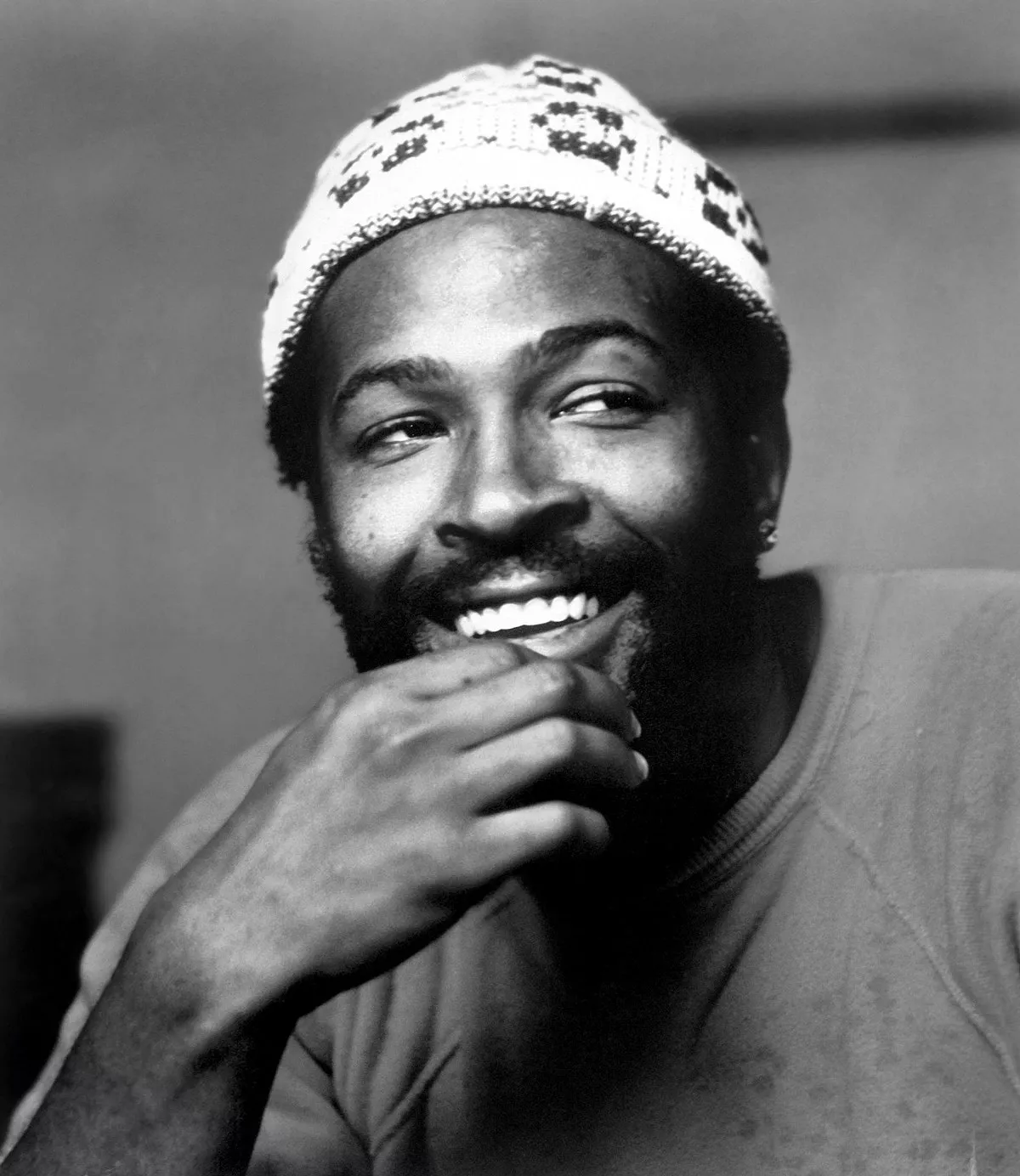 1.
1. Marvin Gaye helped shape the sound of Motown in the 1960s, first as an in-house session player and later as a solo artist with a string of successes, which earned him the nicknames "Prince of Motown" and "Prince of Soul", and is often considered one of the greatest singers of all time.